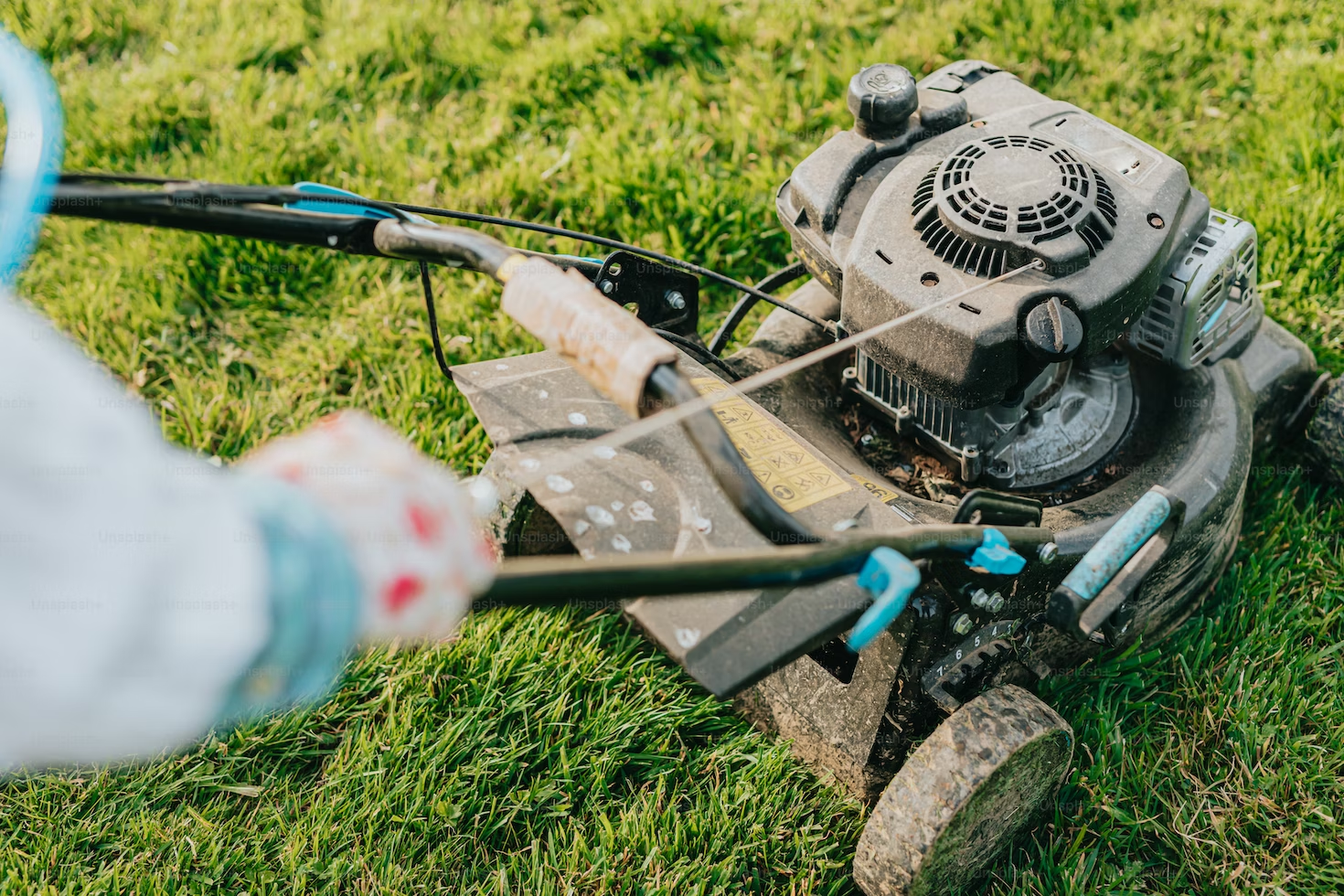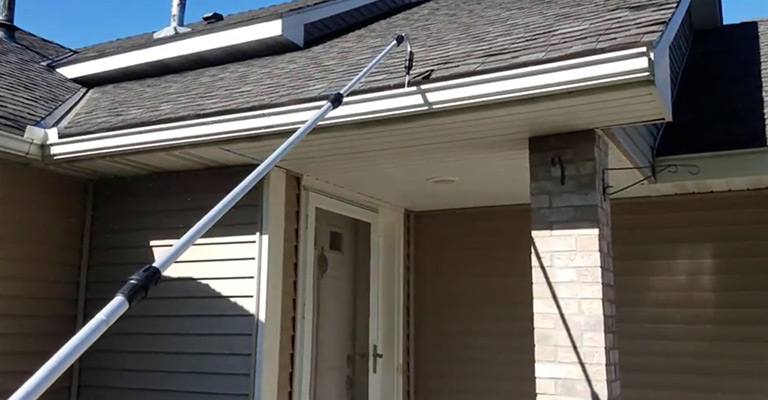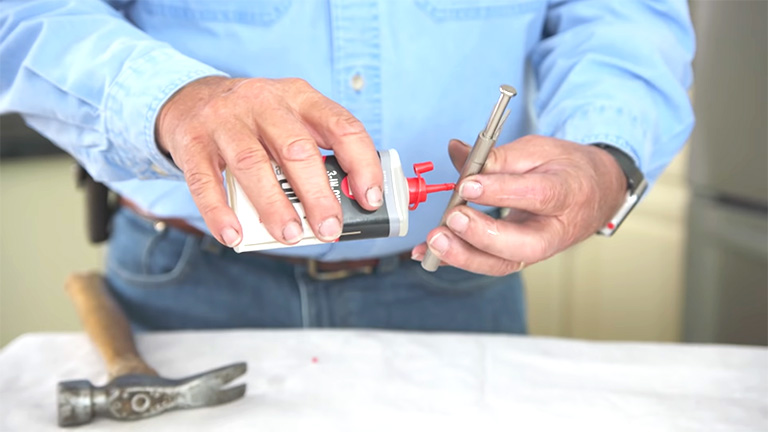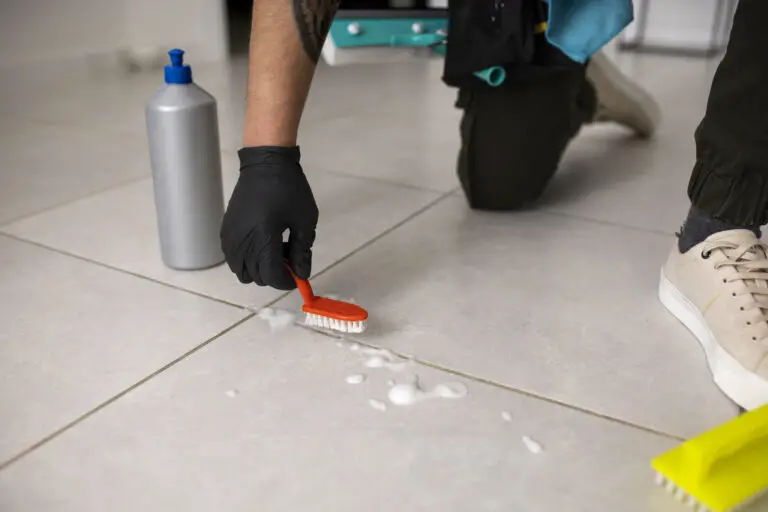Troubleshooting Tips: Why Your Lawnmower Starts Then Dies
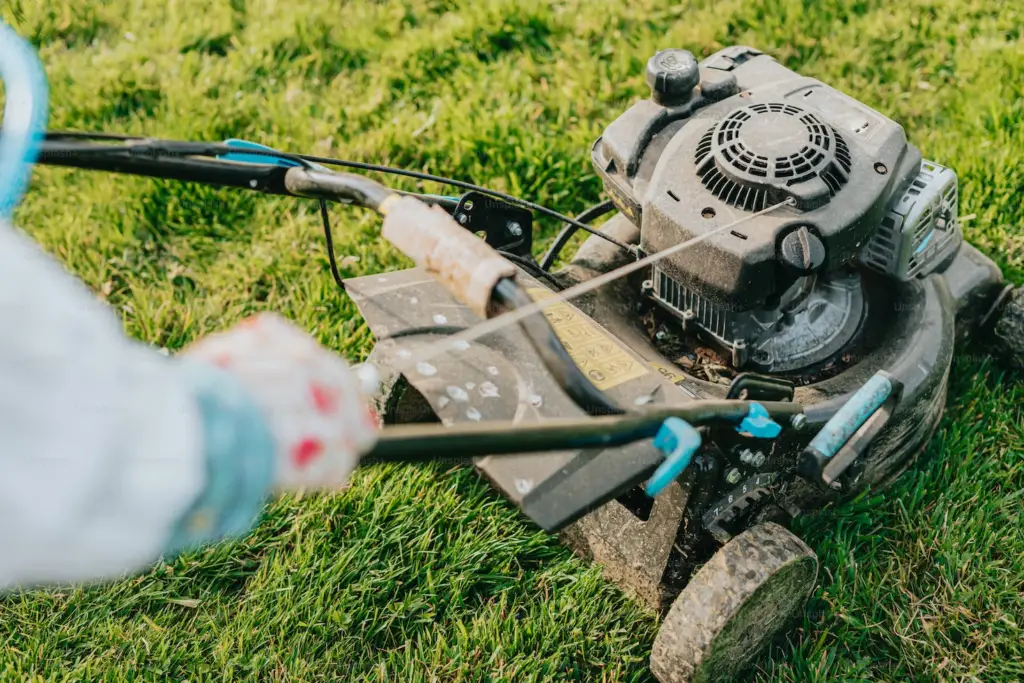
Every homeowner who takes pride in their lawn knows the frustration: you pull the starter on your lawnmower, it roars to life, and then, just as quickly, it sputters and dies. This common problem can turn a day of yard work into a session of troubleshooting. But what causes this issue, and more importantly, how can you fix it? This article delves into the various reasons behind why a lawnmower starts then dies and offers practical solutions.
Understanding the Basics
Before jumping into troubleshooting, it’s essential to understand the basics of how a lawnmower operates. Lawnmowers typically run on gasoline engines, which require a proper mix of fuel, air, and spark to function. Any disruption in this trifecta can cause the engine to start and then immediately die.
Possible Issues with Your Lawnmower
1. Fuel Issues: The Common Culprit
One of the most frequent causes of a lawnmower starting then dying is fuel-related issues. Over time, gasoline can degrade, especially if left in the mower for an extended period. Stale fuel can lead to clogged carburetors and prevent the engine from running smoothly.
Solution: Drain old fuel and replace it with fresh gasoline. Regularly clean or replace the fuel filter to ensure a clean fuel supply.
2. Carburetor Clogs: A Closer Look
The carburetor is crucial in mixing air and fuel. When it gets clogged, this mix is disrupted, causing the mower to start then die.
Solution: Remove and clean the carburetor thoroughly, paying special attention to the float bowl and jet passages. Using carburetor cleaner can be effective in removing debris and build-up.
3. Spark Plug Problems: An Overlooked Issue
A faulty or dirty spark plug can also lead to starting issues. A dirty spark plug may ignite initially but fail to keep the engine running.
Solution: Check the spark plug for signs of wear or dirt. Clean it with a wire brush or replace it if it’s worn out.
4. Air Flow Disruptions: Ensuring Proper Ventilation
Airflow is another critical component of engine operation. A blocked air filter can choke the engine, leading to a start and immediate stop scenario.
Solution: Regularly check and clean the air filter. If it’s beyond cleaning, replace it.
5. Fuel System Blockages: Beyond the Carburetor
Sometimes, the issue may lie deeper within the fuel system, such as in the fuel lines or tank.
Solution: Inspect the fuel lines for blockages or leaks and repair or replace them as needed. Also, ensure the fuel tank vent isn’t clogged, as this can create a vacuum that prevents fuel flow.
6. Checking the Kill Switch and Safety Features
Modern lawnmowers come equipped with safety features like a kill switch or a safety handle that can sometimes malfunction. These features are designed to turn off the mower quickly for safety reasons, but if they’re not working correctly, they can cause the mower to shut down unexpectedly.
Solution: Inspect the kill switch and safety handle. Make sure they are functioning correctly and are not overly sensitive or stuck.
7. Electrical System Issues
Although less common, issues in the electrical system can also cause a lawnmower to start and then die. This could be due to a weak battery, loose wiring, or a malfunctioning ignition coil.
Solution: Check the battery’s charge and replace it if necessary. Inspect all wiring connections to ensure they are secure and free of corrosion. Test the ignition coil and replace it if it’s defective.
8. Environmental Factors and Storage
How and where you store your lawnmower can impact its performance. Storing it in a damp or dusty environment can lead to rust or dust accumulation, affecting various components.
Solution: Store your lawnmower in a clean, dry place. Cover it to protect it from dust and moisture.
9. Understanding the Role of the Choke
The choke on a lawnmower is used to regulate the air-to-fuel ratio when starting a cold engine. If the choke is stuck or not functioning properly, it can cause the engine to stall after starting.
Solution: Regularly check the choke mechanism to ensure it’s moving freely. Adjust or repair it if it’s not operating correctly.
10. The Importance of the Right Oil
Using the wrong type of oil or an incorrect oil level can also lead to performance issues. Too much oil can cause the engine to smoke and shut down, while too little can lead to overheating and damage.
Solution: Always use the type of oil recommended by the manufacturer. Check oil levels regularly and change the oil according to the manufacturer’s guidelines.
11. Dealing with Overheating
An engine that starts and then dies might be overheating. This can happen due to a build-up of debris around the engine, poor ventilation, or low oil levels.
Solution: Clean around the engine to ensure proper air circulation. Check the oil level and refill if necessary.
12. Keeping Blades Sharp and Balanced
While this might not directly cause the mower to start and then die, dull or unbalanced blades can put extra strain on the engine, leading to other issues.
Solution: Regularly inspect and sharpen the mower blades. Ensure they are balanced to reduce strain on the engine.
Maintenance
Regular maintenance is essential to avoid the frustration of a lawnmower that starts then dies. This includes:
- Regularly changing the oil.
- Checking and cleaning the spark plug and air filter.
- Draining the fuel at the end of the mowing season.
- Keeping the carburetor clean.
Professional Help: When DIY Isn’t Enough
If you’ve gone through all these steps and your lawnmower still isn’t functioning correctly, it may be time to seek professional help. A skilled technician can diagnose and fix issues that might be beyond the scope of home repair.
Conclusion
When your lawn mower starts then abruptly dies, it’s often a signal to check key components such as the gas tank, fuel line, and gas cap. These parts are crucial in ensuring a smooth flow of fuel to the engine. Also, inspect the spark plug wire for secure connections and signs of wear. Regular cleaning using carb cleaner can prevent buildup in the carburetor, while a correctly placed air filter cover ensures no unwanted debris enters the system.
For thorough cleaning, consider using compressed air to blow out any clogs in the air filter housing, promoting better air circulation and fuel combustion. These simple yet effective steps can significantly improve the chances of your lawn mower starting smoothly and operating efficiently. If these troubleshooting steps don’t resolve the issue, it might be time to consult a small engine repair shop for professional advice. They can offer more in-depth services, such as checking the condition of the spark plugs, which are essential for ignition, and replacing a dirty air filter, which can choke the engine.
Remember, the longevity and performance of lawn mowers hinge on regular maintenance and timely repairs. Ensuring the fuel cap is secure and the fuel line is clear from blockages are small but vital steps in maintaining the health of your lawn mower. So, before you face another frustrating episode of your lawn mower starting then stopping, give it the care and attention it needs to keep your lawn looking its best.

